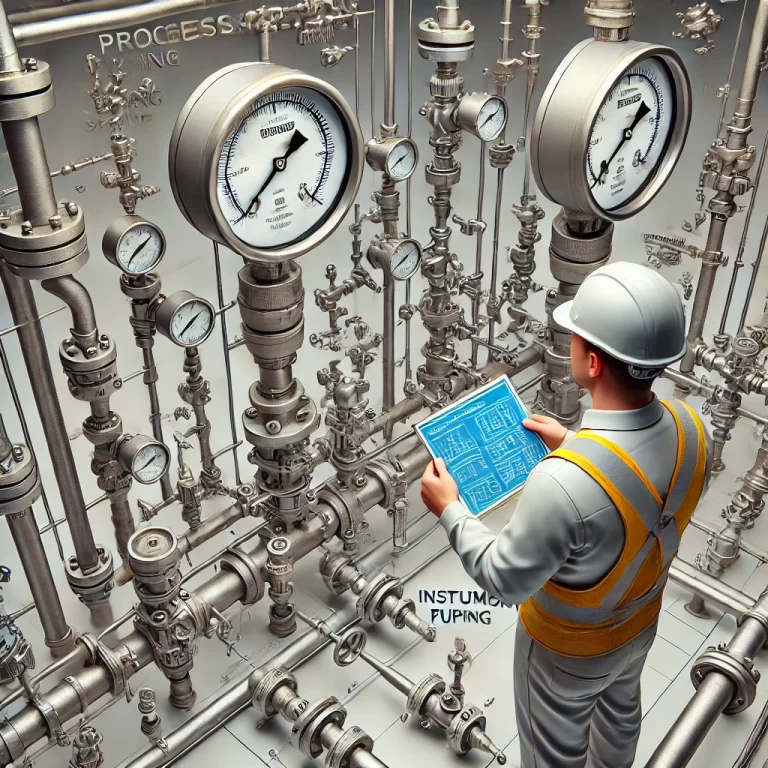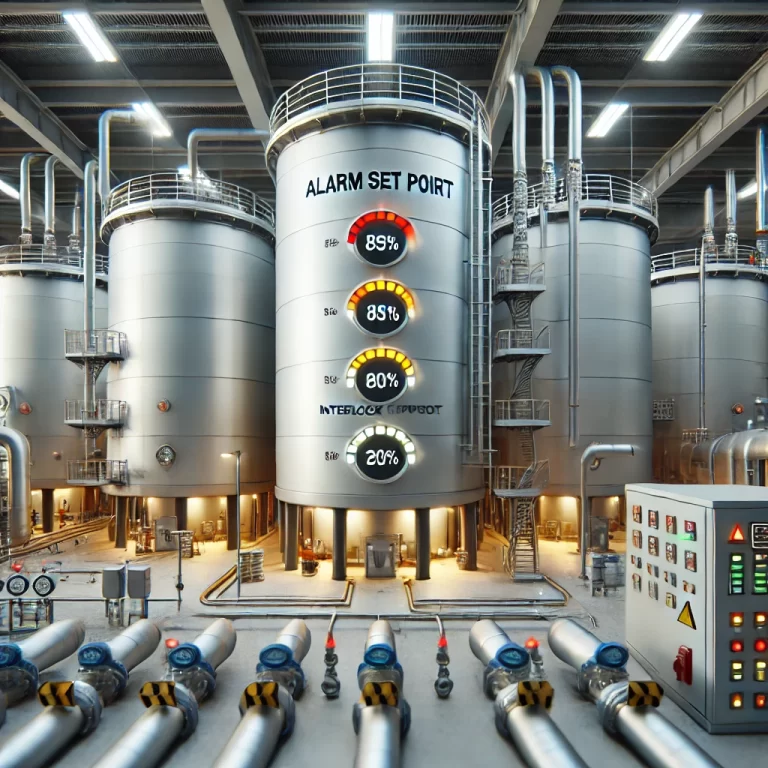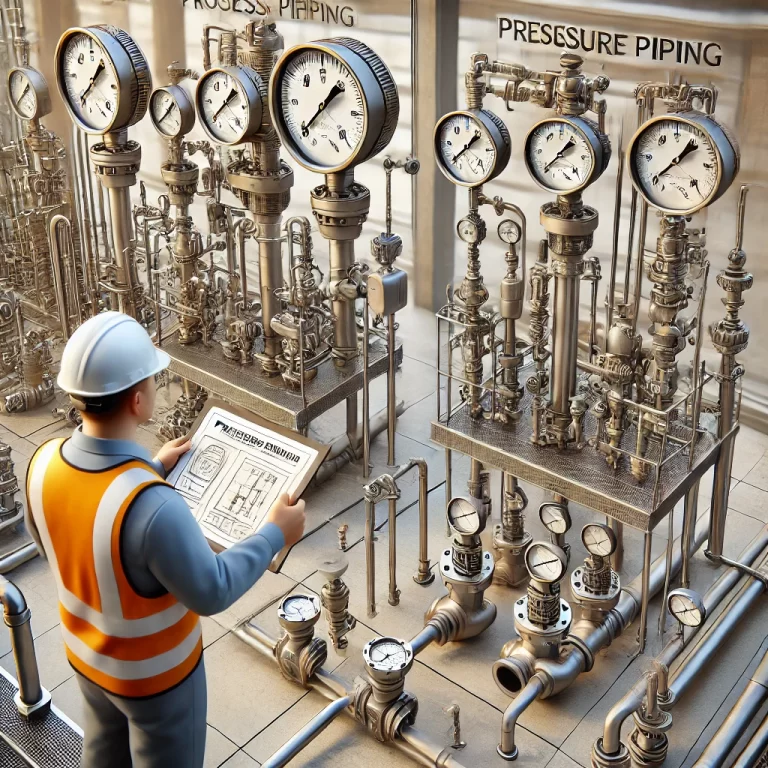1. Incident Overview
At a chemical plant’s tank farm, operations personnel observed that a pressure gauge installed on a storage tank containing flammable liquid was continuously showing abnormally high readings, far exceeding the normal operating range. This anomaly triggered an alarm in the Distributed Control System (DCS).
On-site inspections revealed no visible leaks, abnormal temperatures, or mechanical issues. However, the high-pressure reading persisted, disrupting normal production and raising safety concerns.

2. Troubleshooting Process
2.1 Initial Investigation
Gauge Verification:
The pressure gauge had recently passed calibration and was still within its valid certification period.Relief Devices Inspection:
Safety devices such as the tank’s pressure/vacuum relief valve (breather valve) and safety relief valve showed no signs of malfunction or activation.Process Parameters Check:
Critical process inputs—such as feed rate and temperature—were normal. There were no indications of overfilling or unexpected chemical reactions within the tank.
2.2 Extended Investigation
Vapor Space Flow Check:
Potential blockages in the gas phase outlet were considered. The vent piping and associated valves on the tank’s top were inspected for obstructions or freezing, but no issues were found.Nitrogen Blanketing System:
The tank was equipped with a nitrogen blanketing system to maintain positive pressure. The pressure control valve within the system was tested and functioning correctly.
2.3 Critical Discovery
The key breakthrough came when maintenance personnel dismantled the flame arrester installed on the vapor outlet line. Upon inspection, the flame arrester’s internal stainless-steel mesh was found to be severely clogged with accumulated polymer deposits and dust particles. This blockage significantly reduced the cross-sectional area available for gas venting, leading to a buildup of internal pressure that triggered the high reading.

3. Root Cause Analysis
3.1 Direct Cause
The flame arrester was clogged due to prolonged lack of maintenance, restricting vapor discharge and causing the pressure inside the tank to rise gradually until it surpassed the alarm threshold.
3.2 Indirect Causes
The flame arrester had not been included in the plant’s routine maintenance program, resulting in a lack of cleaning or replacement records.
During the initial troubleshooting, the flame arrester was not considered as a potential fault point, which delayed the diagnosis and resolution.

4. Corrective and Preventive Actions
4.1 Immediate Response
The tank was safely shut down and depressurized.
The flame arrester was removed, thoroughly cleaned, and the damaged flame-retardant element was replaced.
After resetting the pressure gauge, the tank pressure returned to normal levels.
4.2 Long-term Improvements
The flame arrester was added to the critical safety equipment inspection list and is now scheduled for inspection and cleaning every three months.
Consideration was given to installing differential pressure monitoring across the flame arrester, which could be integrated into the DCS for early warning alerts (subject to site conditions).
Operators were trained to recognize symptoms of flame arrester blockage, such as unexpected pressure increases with normal process parameters.

5. Lessons Learned
5.1 Hidden Failure Points
Flame arresters are often regarded as passive safety devices and may be overlooked during routine inspections. However, blockages within these components can have serious consequences and must be treated as potential failure sources.
5.2 Systematic Troubleshooting
Anomalous pressure readings should be diagnosed using a holistic approach, taking into account instrumentation, process variables, and mechanical safety components, rather than relying on assumptions or limited experience.
5.3 Importance of Preventive Maintenance
Regular maintenance of safety accessories—including flame arresters, breather valves, and safety relief devices—is critical to ensure the integrity and safety of storage tank systems.

6. Conclusion
What appeared to be a simple pressure gauge anomaly turned out to be a symptom of a deeper maintenance blind spot. This case underscores the importance of comprehensive inspection routines, cross-functional diagnostics, and proactive maintenance planning to prevent recurrence and ensure safe, stable operations.
